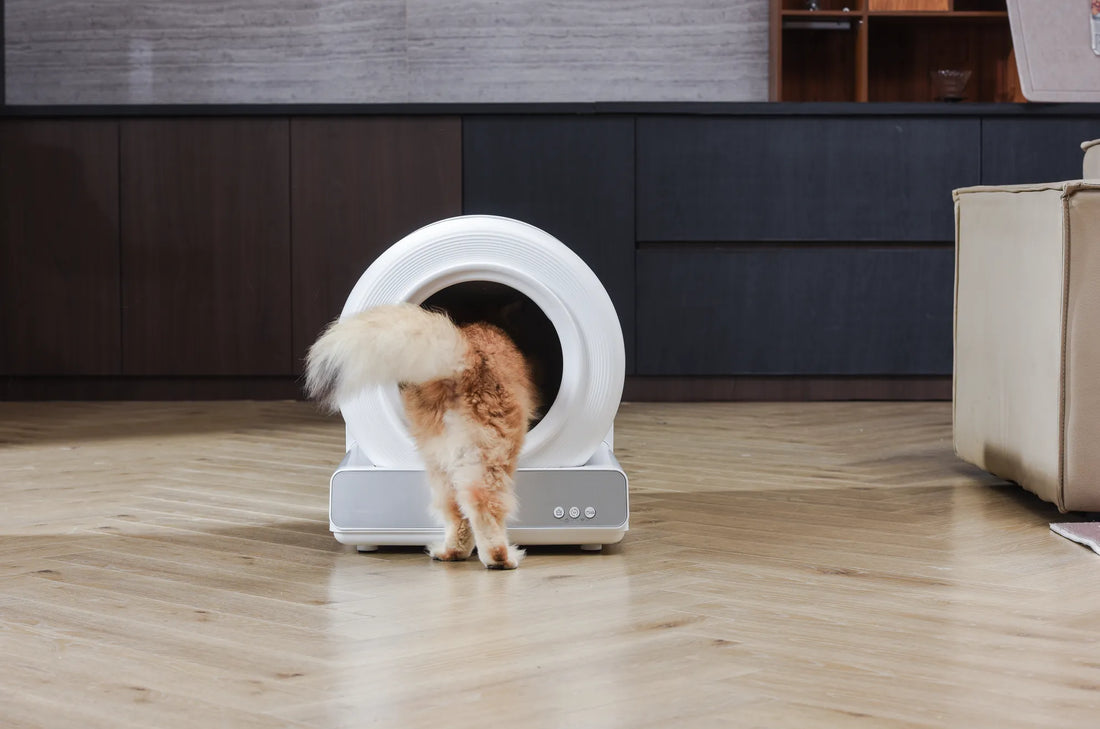When it comes to managing your cat's litter box, location is key. Many cat owners consider putting the litter box outside to minimize odors and free up indoor space. But is this the right choice for your feline friend? Let's explore the pros, cons, and practical tips to help you make an informed decision.
Why Consider Putting the Litter Box Outside?
There are several reasons why cat owners might think about moving the litter box outdoors. One of the primary motivations is to reduce unpleasant odors inside the home. Cats are naturally clean animals, but their waste can produce strong smells that linger indoors. By placing the litter box outside, you can keep your living space fresher.
Another reason is to save space. Homes with limited square footage may struggle to find a discreet yet accessible spot for the litter box. Moving it outside can free up valuable indoor space, making your home feel more organized and less cluttered.
Additionally, some cat owners believe that an outdoor litter box can mimic a cat's natural environment. In the wild, cats prefer to bury their waste in open areas, away from their sleeping and eating spaces. An outdoor setup might align more closely with their instincts.
The Potential Downsides of an Outdoor Litter Box
While there are benefits to putting the litter box outside, there are also significant drawbacks to consider. One major concern is your cat's safety. Outdoor environments expose cats to various risks, including predators, traffic, and harsh weather conditions. If your cat feels unsafe or uncomfortable, they may avoid using the litter box altogether, leading to accidents inside the house.
Another issue is accessibility. Cats are creatures of habit and prefer consistent routines. If the litter box is placed outside, your cat might find it inconvenient, especially during extreme weather or at night. This could result in stress or behavioral problems.
Finally, outdoor litter boxes require more maintenance. Rain, wind, and other environmental factors can make it harder to keep the litter box clean and functional. You may need to invest in weatherproof enclosures or frequently replace the litter to ensure it remains usable.
Practical Tips for Moving the Litter Box Outside
If you decide to put the litter box outside, there are several steps you can take to make the transition smoother for your cat. Start by choosing a safe and sheltered location. Look for a spot that is protected from the elements and away from high-traffic areas. A covered porch or a shaded corner of the yard can be ideal.
Next, ensure the litter box is easily accessible. Place it in a location your cat is already familiar with, and make sure they can reach it without difficulty. You might also consider adding a ramp or steps if the litter box is elevated.
To protect the litter box from the weather, invest in a weatherproof enclosure. These structures can shield the litter box from rain, wind, and sunlight, keeping it clean and dry. Additionally, choose a high-quality, clumping litter that is less likely to be affected by moisture.
Finally, monitor your cat's behavior closely during the transition. If they seem hesitant or stressed, you may need to make adjustments. For example, you could start by placing the litter box near the door and gradually move it outside over time.
Alternatives to an Outdoor Litter Box
If putting the litter box outside isn't feasible, there are other ways to manage odors and save space indoors. One option is to use a litter box with a built-in odor control system. These designs often include filters or deodorizers to minimize smells.
Another alternative is to place the litter box in a well-ventilated area, such as a laundry room or bathroom. Proper ventilation can help reduce odors and keep the space fresh. You can also use air purifiers or scented candles to further neutralize smells.
For homes with limited space, consider a compact or multi-functional litter box. Some designs double as furniture, blending seamlessly into your decor while providing a discreet spot for your cat's needs.
Ultimately, the best solution depends on your cat's preferences and your living situation. By weighing the pros and cons and exploring different options, you can find a setup that works for both you and your feline companion.
Putting the litter box outside can be a game-changer for some cat owners, but it's not a one-size-fits-all solution. With careful planning and attention to your cat's needs, you can create a comfortable and convenient environment that keeps everyone happy.













